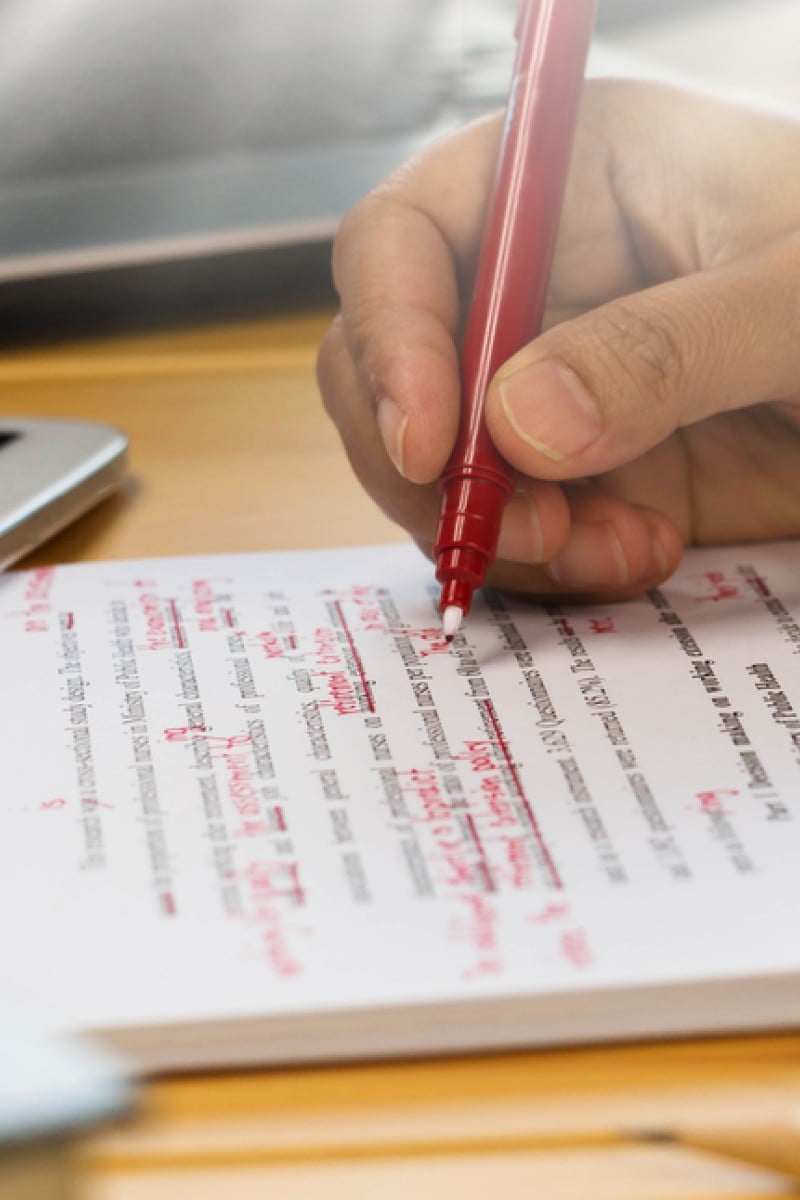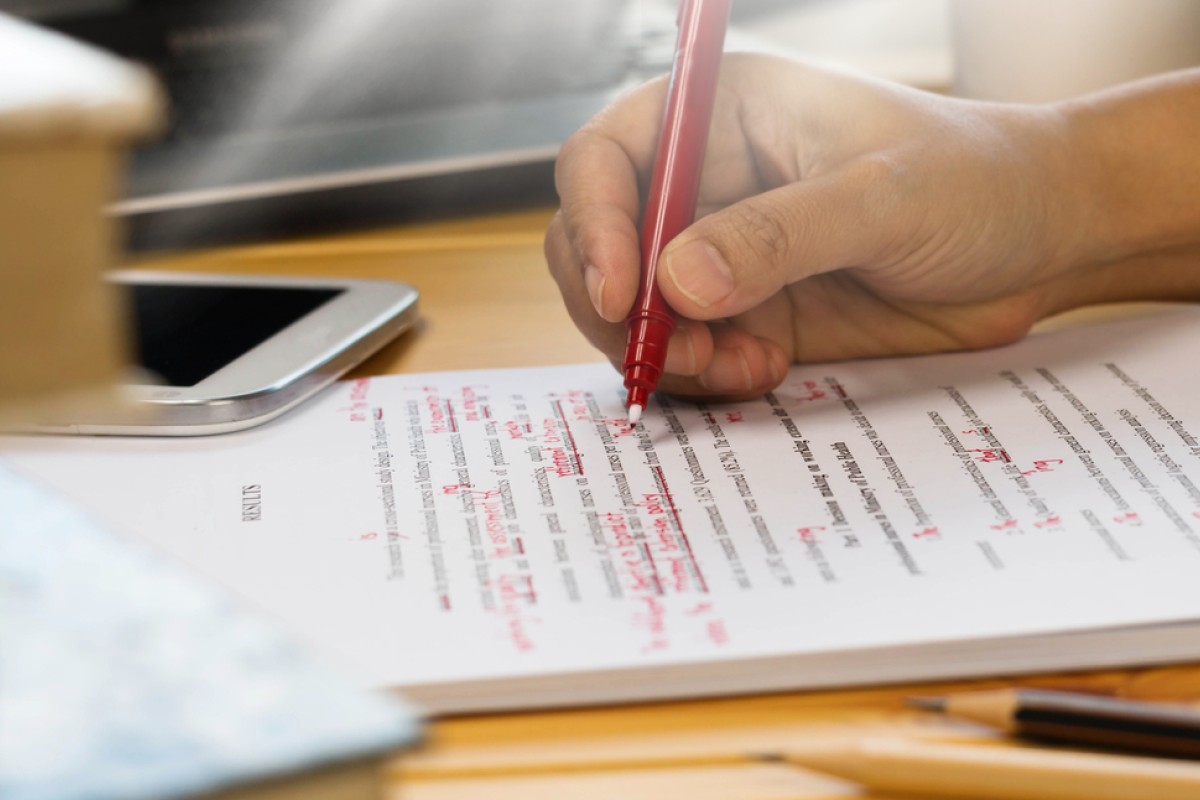
How to proofread your essays like a boss, with tips from a professional editor
Your teacher has probably told you countless times that before you hand in any work you need to “proofread” it. But what does that mean?

Proofreading vs editing
Proofreading is the last thing you do to your work before you hand it in. It is the final check for punctuation, spelling, grammar, accuracy, and consistency.
Editing means changing the content, moving a paragraph up or down to ensure better flow, saying something different, or cutting sentences, paragraphs, or even whole ideas. It is far more detailed than proofreading. However, if you find small mistakes while you proofread, it would be a good idea to fix them immediately.
7 tips to help you proofread your essay like a pro: check these out before you hand it in
Have a plan
Don’t try to do everything at once because you run the danger of leaving some things out or missing something important. The best thing is to have a proofreading checklist, and stick to it. It can seem boring and a lot of work, but focusing on different parts of your work at different stages of proofreading will make sure you catch all the glitches.
This is roughly how we might work on the newspaper, and what happens at each stage. Remember, this is not editing.
First get a printout
First, set your document to double line spacing and get a printout. If you are dealing with thousands of words, you might want to break the copy into chunks. Find somewhere quiet, switch off your phone, yes, even your music, grab a highlighter and a pen or pencil and let’s go..
5 tips to writing an essay that deserves an A
Here’s how to sort your punctuation
First, go through everything and circle each punctuation mark. Just concentrate on punctuation, circle each mark, highlight each error, correct it.
References
Highlight each reference on academic documents. Make sure they follow the required style.
Read the text properly
Sure, all your life you’ve been taught to “spreed”, or speed read – this is useful when you’re picking up information. But if you want to check for meaning, grammar and spelling, get a printout of the work, sit somewhere quiet, use a pencil to point at each word, and read it out aloud. If you really have difficulty doing this, read each sentence backwards before you read it forwards.
A guide to understanding the most common essay questions, and how to answer them
Spelling
This would seem to be a no-brainer but you would be surprised at how many people, your writer included, mess up. One simple mistake is to have your word processor set to English UK when you need English US, or other the way around.
Don’t rely on your spell checker. It can only take you so far. For example, if you mean to write “end” but instead write “and”, the spell checker will not notice. All it is telling you is that you have written a word it recognises.
Also, check that you have used a word consistently. If you write “email”, then make sure the next time you mention it, you don’t write “e-mail”, and then “E-mail”.
Some words have wriggle room. It doesn’t really matter which way you choose to write email, as long as you write the same way throughout.
Voice
It’s very easy to slip between third person and second person or even first person. If you are writing academically or for publication, don’t do it. The minute you see “you” or “I”, highlight and correct.
How to write a fantastic story: stick with what you know and write about what you like
Tone
Make sure that your piece sounds like it has been written by the same person. This is what makes collaboration on projects so difficult. It is not likely that two or more writers have the same style of writing, and if there is no overall tone, the piece will not flow smoothly.
Headings
Make sure your headings are consistent. To do this focus on each heading one by one. Are all the main headings the same font, size and style? Are all the sub-headings the same font, size and style, and indent space. Are the smaller headings the same font, size, and style (have you used a, or 1, or i consistently?).
Check the formatting
Make sure the page numbers are correct and consistent.
Make sure there are no awkward breaks between pages, for example, a heading on the bottom of one page and then the content starting on the next page. It is better to just add space until the heading moves over to the next page. When you do this, make sure you start correcting from the top of the document, because the pages that follow a correction are the ones that will be affected. Check the contents page against the actual page order.
